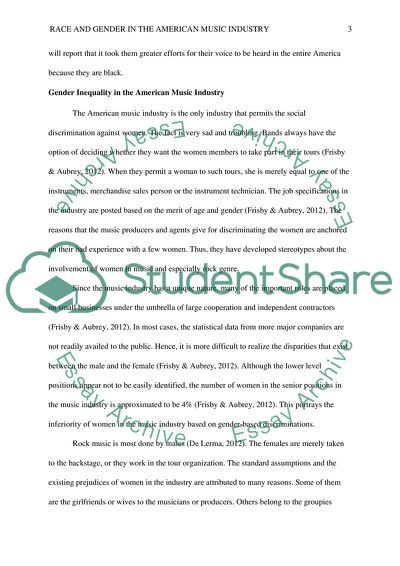Cite this document
(Race and Gender in the American Music Industry Essay Example | Topics and Well Written Essays - 1500 words - 57, n.d.)
Race and Gender in the American Music Industry Essay Example | Topics and Well Written Essays - 1500 words - 57. https://studentshare.org/music/1872330-essay
Race and Gender in the American Music Industry Essay Example | Topics and Well Written Essays - 1500 words - 57. https://studentshare.org/music/1872330-essay
(Race and Gender in the American Music Industry Essay Example | Topics and Well Written Essays - 1500 Words - 57)
Race and Gender in the American Music Industry Essay Example | Topics and Well Written Essays - 1500 Words - 57. https://studentshare.org/music/1872330-essay.
Race and Gender in the American Music Industry Essay Example | Topics and Well Written Essays - 1500 Words - 57. https://studentshare.org/music/1872330-essay.
“Race and Gender in the American Music Industry Essay Example | Topics and Well Written Essays - 1500 Words - 57”. https://studentshare.org/music/1872330-essay.


